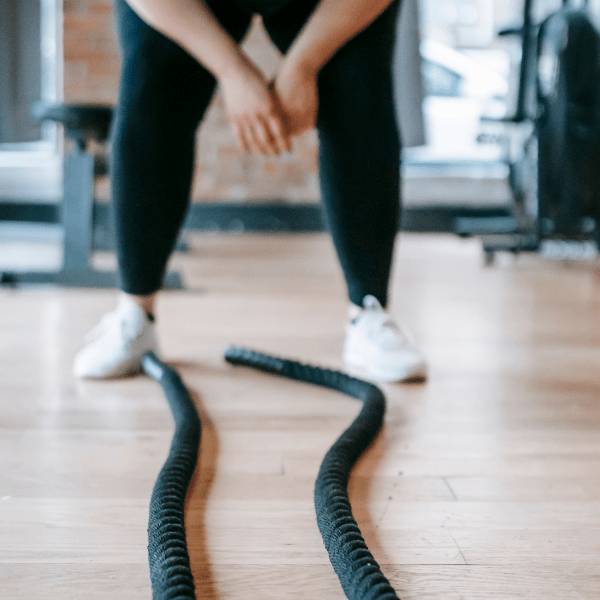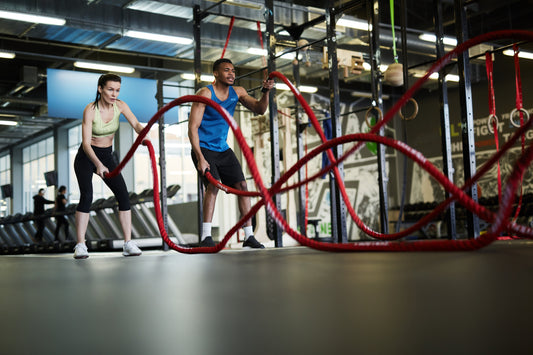Whether you have weight trained before or not, here’s a few handy tips for you to maximise your time in the gym and get the results you deserve.
Warm up: Start with a 5–10-minute cardiovascular warm-up to get your heart rate up and loosen your muscles. This next bit is optional, but you follow that with some dynamic stretching to further loosen up and prepare for your session.
Exercise selection: Focus on compound exercises that work multiple muscle groups at once such as squats, deadlifts, bench press, and rows. You can also incorporate isolation exercises such as bicep curls and triceps extensions to target specific muscle groups.
If you are relatively new and worried about using bars, benches, and dumbbells, try cable or fixed machines to help you focus on the movement and muscle group without the worry of stability.
As you progress, you will definitely want to move towards the bars, benches and dumbbells to help add variation and challenge to your workout.
Focus on form: Start with lighter weights to get a feel for the exercises, master the correct movement and avoid injury. Gradually increase weight as you become stronger and more comfortable with the movements.
Good form is key to avoid injury and maximize results. Make sure you understand the proper technique for each exercise. If you’re ever stuck or not sure, just ask a trusted expert like a personal trainer at your local gym.
Set goals: Decide what you want to achieve (e.g., increase strength, build muscle, improve power) and create a plan to reach your goals. Set small, achievable goals and track your progress.
Progressive overload: To achieve the best results without risking burnout, illness, or injury, you will want to gradually increase the volume and intensity of your training. There are a lot of modifiable variables in training for you to use to achieve this. It could be as simple as increasing weight, rep ranges, or reducing recovery time. It all depends on the adaptation you are trying to achieve.
The important thing most of all is consistency! Consistency and adherence to a training plan is by far the biggest indicator and determinant of making gains, especially when it comes to hypertrophy.
Rest and recover: Weight training puts stress on your muscles and joints, so it’s important to give them time to recover – just like you do with your endurance training. Some people recover incredibly quickly, others don’t and unless you give it a go, at least to start with, you can’t be really sure which category you fall into.
Sleep, nutrition, and hydration are perhaps more important than time away from activity. Making you sure consume the right type and quantity of protein, carbohydrates, fats, and electrolytes will go a long way to fuelling your body for exercise and recovery.
Stay consistent: We’ve already said it, but we can’t emphasise it enough. Consistency beats intensity, every time! So keep it simple, sustainable, and enjoyable and then you are half way there!
Remember, it’s important to listen to your body and not push yourself too hard. If you experience pain or discomfort, stop the exercise and consult a trusted expert or medical professional!
Train safe, train hard, and most importantly, have fun!











